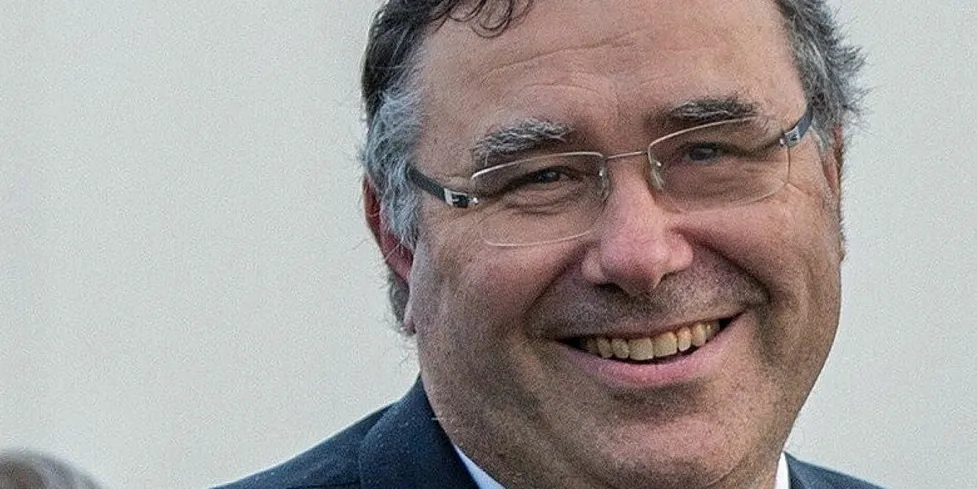French oil giant Total mulls joining 8GW Australian green hydrogen megaproject
Total Eren business signs up to feasibility study to advance giant H2 hub plan in Western Australia with developer Province Resources

Total Eren – the renewable energy group part-owned by French oil supermajor Total – is mulling joining local developer Province Resources to build a 8GW green hydrogen hub in Western Australia’s Gascoyne region.
Total Eren’s global head of business development, Fabienne Demol, said: “This new step demonstrates our strong commitment to the Australian market towards the decarbonisation of the country and is also a concrete opportunity to kick-off our hydrogen strategy worldwide.
“After solar, wind, and storage, we believe hydrogen is the next step of growth of renewable energies. We are determined to leverage our development and technical skills to make our first of several hydrogen projects in Australia a success.”
Earlier this month Province revealed it had acquired an additional 864km2 in the Gascoyne coastal region, increasing its landholding in the region to 2,272km2.
Total owns almost 30% of Total Eren, and the developer is part of the oil supermajor’s strategy to develop 100GW gross of renewables by the end of the decade.
Province sees the HyEnergy project being developed in two stages towards the final 8GW total.
Carnarvon has an annual mean wind speed of 25.5km per hour, which Province claims makes it fourth ranked in Western Australia for mean wind speeds recorded per annum.
It also averages 211 sunny days per year, with an average solar exposure of 6.24 megawatt hours per sq metre per day, according to Province.
The proposed development lies near the existing Dampier to Bunbury gas pipeline, with the West Australian state government having already stated it is aiming for the pipeline to carry 10% of blended renewable hydrogen by 2030.
The proposed project would be built near the West Australian town of Carnarvon, in an area Province believes is suitable for both commercial scale wind and solar developments.
Province also claims there is room for a ship loading terminal to help service the potential future export market, while it has also identified a potential site to extract sea water for an electrolyser plant.
Ozexco held seven exploration licence applications in the Gascoyne region prospective for salt, potash and mineral sands, while the acreage was also considered suitable for developing a renewable green hydrogen project.